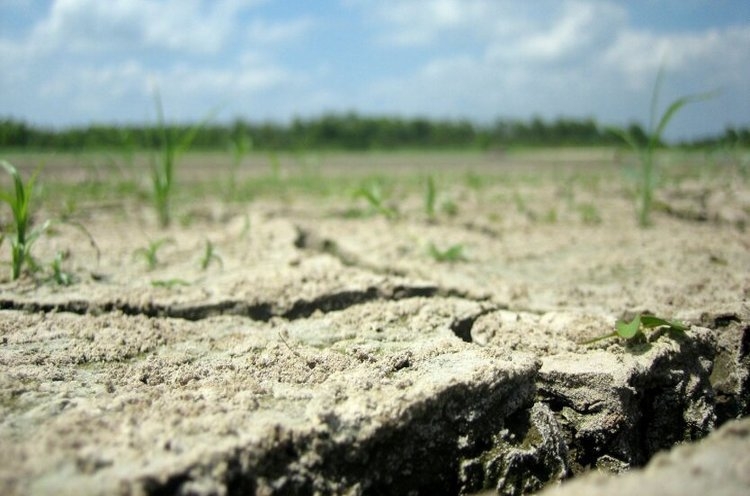Drought lowers grain harvest forecasts in North African countries, keeping new crop prices high

According to estimates by the European MARS Agency, despite the normal state of winter crop sowing in the EU, due to a significant moisture deficit in North African countries, since November 2024, quotes for the future wheat harvest on the Paris stock exchange remain higher than for the 2024 harvest.
The degree of drought is increasing from west to east - from Tunisia to Morocco. While in Morocco and Algeria, yield losses are already irreversible, in eastern Algeria and Tunisia, rains in the second half of January partially compensated for the moisture deficit.
This season, Morocco has been experiencing a severe moisture deficit during the development of winter crops for the sixth consecutive year. The autumn drought delayed sowing and worsened the conditions for germination and vegetation of crops, so farmers have somewhat reduced the sowing area. A negative anomaly in the accumulation of crop biomass continues throughout the country.
According to MARS estimates, the yield will be significantly lower than the annual average, and even good rains, if they come in the near future, will not be able to restore it, as the damage caused to the crops is already irreversible.
In Algeria, dry weather has delayed sowing in the northwest, while elsewhere it has proceeded as usual. Due to the prolonged lack of moisture, biomass accumulation in the agricultural areas of the northwest of the country is well below average, so only urgent rainfall will help to avoid crop failure.
In the central coastal regions, despite a moderate rainfall deficit, the level of biomass accumulation in most grain areas is close to the annual average, while in the northeast, low soil moisture is delaying crop development.
According to MARS forecasts, wheat yields in Algeria will be below the 5-year average, while barley yields will exceed it.
In Tunisia, thanks to more favorable weather conditions, wheat yields will exceed the 5-year average by 3% and barley by 5%.
In most regions of the European Union, winter crops are in satisfactory or good condition, MARS notes. In January, heavy rains fell in northwestern France, which, against the backdrop of relatively low temperatures, created unfavorable conditions for the development of agricultural crops.
Many parts of Central and Eastern Europe are experiencing a deficit in precipitation. Winter crops in western Romania and Bulgaria have been suffering from a lack of moisture since the beginning of the season, which may require re-sowing in the spring. Of concern is the lack or insufficient snow cover in these regions, which increases the risk of crops freezing out in the event of severe frosts.
Amid drought in North Africa and the Black Sea region, September wheat futures on the Euronext Paris exchange are trading at €233.5/t or $245.2/t, 3.8% higher than March futures (€225/t). July soft winter SRW wheat futures in Chicago are trading at $221.5/t, 5% higher than March futures ($211/t).
Increased precipitation in March and April may improve the condition of winter crops, but the probability of rain is very low, so traders are keeping prices for new crop grain at a high level based on forecasts of a prolonged drought.


